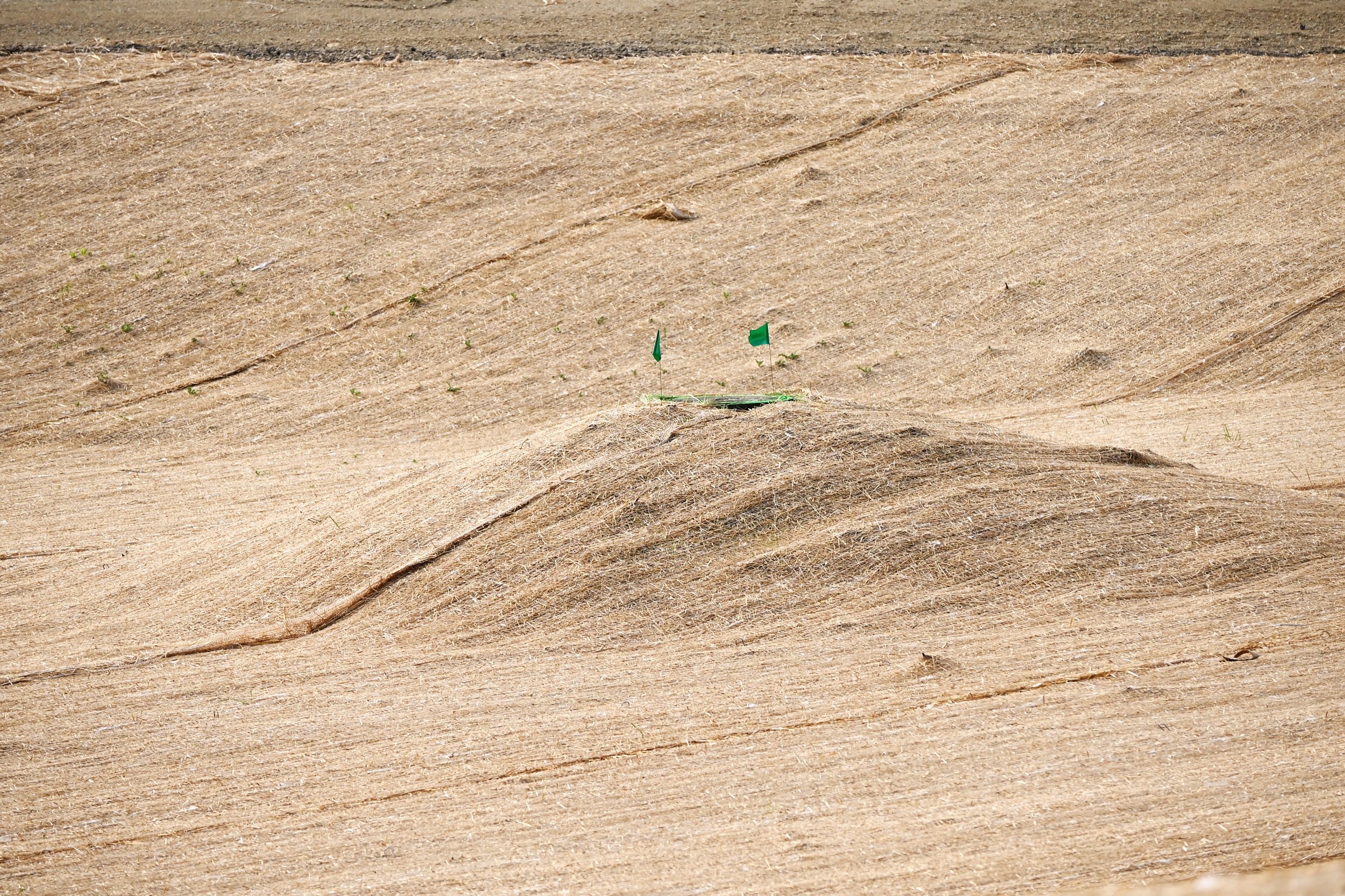Hydromulching vs. Erosion Control Blankets: Which Is Best for Your Project?
Soil erosion is a significant concern in construction and landscaping projects, leading to environmental degradation and compliance issues. Implementing effective erosion control solutions is crucial for maintaining soil stability and promoting vegetation growth. In this blog post, we'll compare hydromulching and erosion control blankets to help you determine which method is best suited for your project's needs.
What Is Hydromulching?
Hydromulching, also known as hydraulic mulch seeding, is a process that involves spraying a slurry mixture of water, seed, fertilizer, and mulch onto the soil surface. This method is ideal for quickly establishing vegetation over large areas and is commonly used in highway construction, residential developments, and commercial landscaping.
Benefits of Hydromulching
Rapid Vegetation Establishment: The nutrient-rich slurry promotes quick seed germination and uniform plant growth.
Cost-Effective for Large Areas: Hydromulching is less labor-intensive and more economical for covering extensive terrains.
Erosion Control: The mulch layer protects the soil from wind and water erosion until the vegetation matures.
Versatility: Suitable for various soil types and gentle slopes.
What Are Erosion Control Blankets?
Erosion control blankets are protective coverings made from organic or synthetic materials like straw, coconut fiber, or biodegradable polymers. These blankets are laid over the soil to shield it from erosive forces such as rainfall impact and surface runoff.
Benefits of Erosion Control Blankets
Immediate Soil Stabilization: Provides instant protection against erosion by holding soil particles in place.
Moisture Retention: Helps maintain soil moisture levels, enhancing seed germination and root development.
Ideal for Steep Slopes: Effectively reduces erosion on inclines where hydromulching may not be as effective.
Environmentally Friendly Options: Biodegradable materials break down naturally, enriching the soil.
Hydromulching vs. Erosion Control Blankets: A Comparison
| Factors | Hydromulching | Erosion Control Blankets |
|---|---|---|
| Application Area | Best for large, open areas with gentle slopes | Ideal for steep slopes and areas prone to severe erosion |
| Cost-Effectiveness | More economical for expansive sites | Cost varies based on material and area size |
| Installation Time | Faster application over large areas | May require more time due to manual installation |
| Soil Protection | Provides moderate protection until vegetation establishes | Offers immediate and robust soil stabilization |
| Environmental Impact | Uses natural materials that promote growth | Biodegradable options enhance soil quality over time |
Which Method Is Best for Your Project?
The choice between hydromulching and erosion control blankets depends on several factors:
Site Topography: Use hydromulching for flat or gently sloping areas. Opt for erosion control blankets on steep or highly erodible slopes.
Project Size: Hydromulching is cost-effective for large-scale projects. Erosion control blankets are suitable for smaller areas or specific problem spots.
Climate Conditions: Consider hydromulching in arid regions where moisture retention is crucial. Erosion control blankets perform well in areas with heavy rainfall.
Environmental Considerations: Both methods offer environmentally friendly options. Choose biodegradable materials to enhance sustainability.
At ECS, our experts can assess your site's unique conditions and recommend the most effective erosion control solution. Contact us today to discuss your project's requirements and learn how we can help you achieve optimal soil stabilization and vegetation growth.


